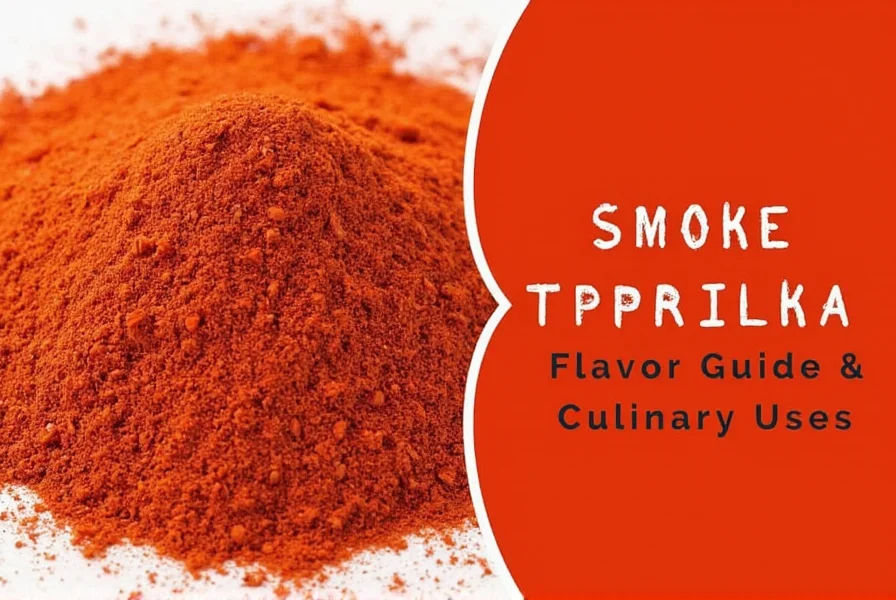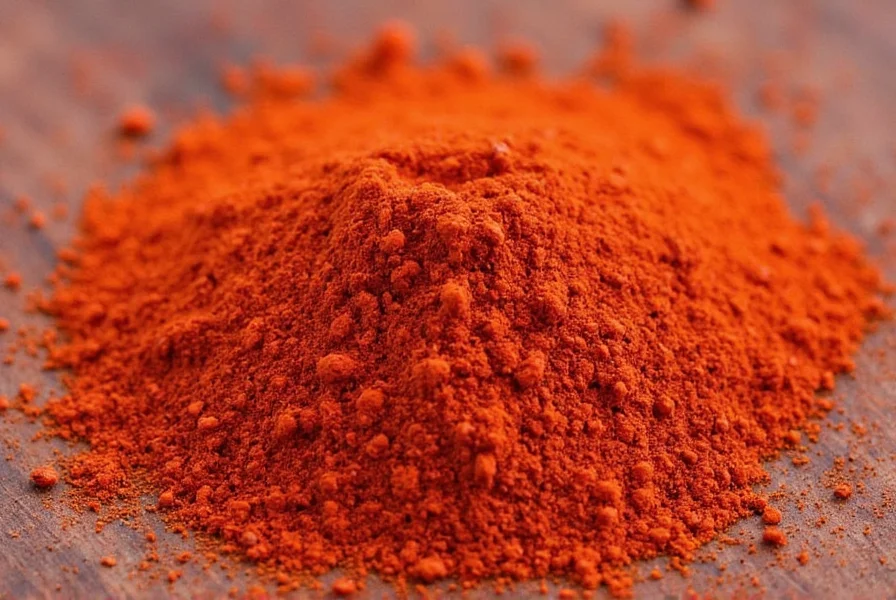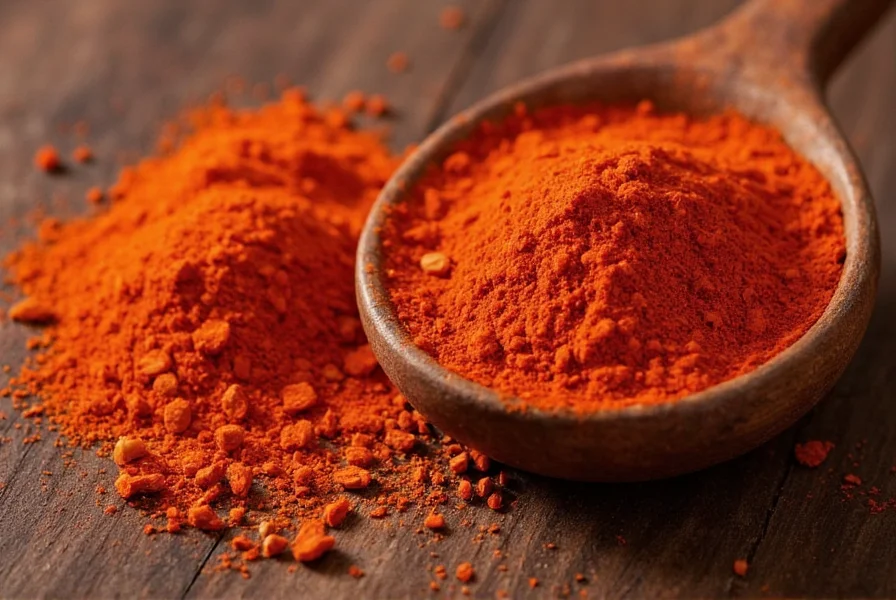Smoke paprika transforms ordinary recipes with its rich, campfire-like essence while maintaining the sweet pepper base that defines standard paprika. This versatile spice comes primarily in two regional varieties—Spanish and Hungarian—each offering unique flavor characteristics that cater to different culinary applications. Understanding these differences helps home cooks and professional chefs alike harness smoke paprika's full potential in their cooking.
Origins and Production Methods
Smoke paprika traces its roots to two distinct culinary traditions. Spanish pimentón, particularly from the La Vera region, is traditionally smoked over oak wood fires for several days, creating a deep, complex flavor profile. Hungarian smoked paprika, while less common than their sweet or hot varieties, follows similar smoking techniques but often uses different pepper varieties that yield a slightly fruitier note.
The production process significantly impacts the final product. Peppers are carefully selected, strung together, and slowly smoked in special drying houses called humos. This slow smoking—sometimes lasting up to 15 days—preserves the peppers while imparting that signature smoky character. After smoking, the peppers are dried completely before being ground into the fine powder we recognize as smoke paprika.
| Characteristic | Smoke Paprika | Regular Paprika |
|---|---|---|
| Production Method | Smoked over wood fires before grinding | Dried peppers ground without smoking |
| Flavor Profile | Deep smoky notes with sweet pepper base | Sweet, earthy, sometimes slightly bitter |
| Heat Level | Typically mild to medium (varies by type) | Sweet (mild), Bédá (medium), Erős (hot) |
| Primary Culinary Use | Adds smoky dimension without liquid smoke | Color and mild pepper flavor |
Flavor Profile and Varieties
Smoke paprika delivers a one-two punch of sweet pepper flavor combined with wood-smoke complexity. The Spanish version typically offers three heat levels:
- Pimentón Dulce - Sweet and mild with pronounced smokiness
- Pimentón Agridulce - Bittersweet with medium heat
- Pimentón Picante - Spicy with noticeable heat alongside smoke
Hungarian smoked paprika tends to be less commercially available but offers a fruitier smoke profile compared to the more robust Spanish varieties. When selecting smoke paprika, check the label for the smoking method—authentic varieties specify the wood type (usually oak) and smoking duration, which directly impacts flavor intensity.

Optimal Culinary Applications
Smoke paprika shines in dishes where its distinctive flavor can enhance rather than overwhelm. Unlike liquid smoke, which can taste artificial, smoke paprika provides a more nuanced, natural smokiness that integrates beautifully with other ingredients.
For traditional Spanish cuisine, smoke paprika forms the backbone of chorizo, patatas bravas, and pimientos de padrón. In Hungarian cooking, it elevates goulash and halászlé (fisherman's soup) with its distinctive character. Modern applications include:
- Meat rubs - Combine with garlic powder, salt, and black pepper for steak or poultry
- Roasted vegetables - Toss root vegetables with olive oil and smoke paprika before roasting
- Deviled eggs - Add depth to the classic appetizer
- Bean dishes - Enhances black beans, chickpeas, and lentils
- Mayonnaise and dips - Creates instant smoky aioli
When using smoke paprika in cooking, add it toward the end of the cooking process or sprinkle it on finished dishes. Prolonged high heat can diminish its delicate smoky notes. For maximum flavor impact, bloom the spice in warm oil before incorporating into sauces or soups.
Storage and Shelf Life Considerations
Like all ground spices, smoke paprika gradually loses potency over time. To preserve its distinctive smoky flavor:
- Store in an airtight container away from light and heat
- Keep away from the stove or other heat sources
- Buy in small quantities you'll use within 6-12 months
- Consider refrigeration in humid climates
Fresh smoke paprika should have a vibrant red color and strong aromatic scent. If it appears faded or has little aroma when rubbed between fingers, it's likely past its prime. Properly stored, high-quality smoke paprika maintains optimal flavor for 8-12 months.
Substitution Strategies
When smoke paprika isn't available, several alternatives can approximate its flavor profile:
- Regular paprika + liquid smoke - Use 1 teaspoon paprika plus 1/8 teaspoon liquid smoke (use sparingly)
- Chipotle powder - Provides smoke but with more heat; use half the amount
- Smoked sea salt - Adds smokiness without the color
- Grilled or roasted red peppers - Blend into sauces for natural smokiness
For authentic Spanish recipes, seek out genuine Spanish pimentón rather than generic "smoked paprika" which may lack regional specificity. Hungarian recipes traditionally use non-smoked varieties, but smoked versions can add interesting dimension to modern interpretations.

Common Usage Mistakes to Avoid
Even experienced cooks sometimes misuse smoke paprika. Watch for these common pitfalls:
- Overuse - Its potent flavor can dominate; start with 1/4 to 1/2 teaspoon per dish
- Adding too early - High heat diminishes smoky notes; add in last 5-10 minutes of cooking
- Mixing varieties indiscriminately - Spanish and Hungarian smoked paprikas have distinct flavor profiles
- Using expired product - Old smoke paprika loses both color and flavor impact
- Substituting without adjustment - Chipotle powder brings more heat; adjust recipes accordingly
Remember that smoke paprika works best as a supporting flavor rather than the star ingredient. It should enhance other components of your dish, creating a subtle background note of complexity rather than overwhelming the palate.











 浙公网安备
33010002000092号
浙公网安备
33010002000092号 浙B2-20120091-4
浙B2-20120091-4